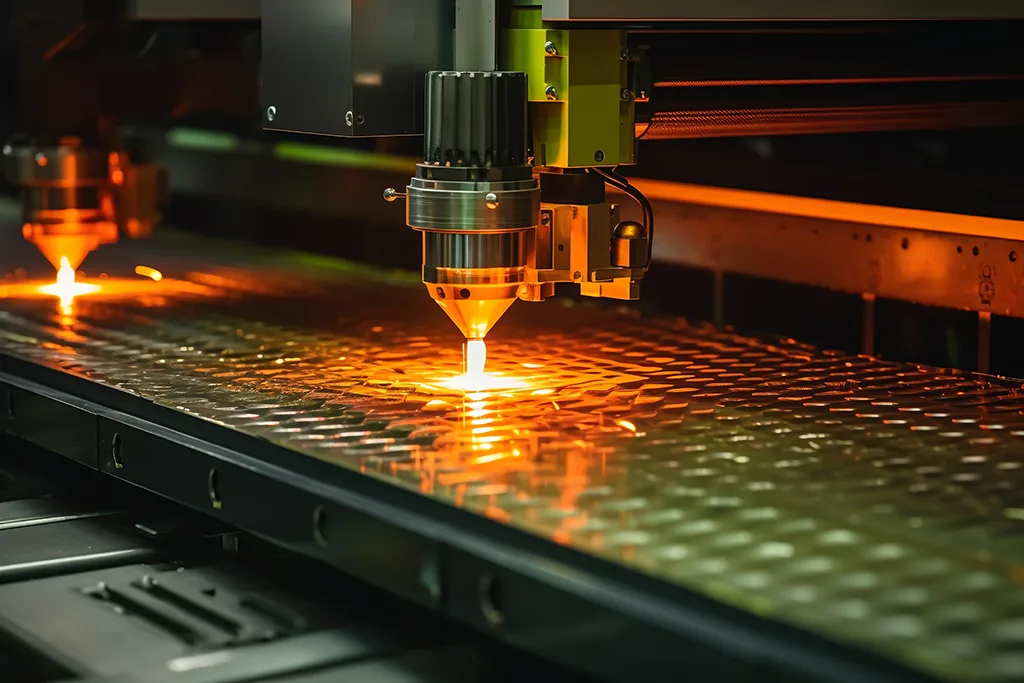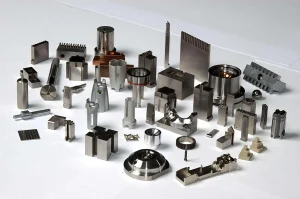Laser cutting is a highly efficient and precise method used in various industries. It employs focused laser beams to cut through materials. This technology has several applications, from manufacturing to art. In this article, we will explore the three main types of laser cutting: CO2 laser cutting, fiber laser cutting, and solid-state laser cutting. Each type has unique features and advantages.

1. CO2 Laser Cutting
CO2 laser cutting is one of the most widely used forms of laser cutting. This technology utilizes a carbon dioxide gas laser to produce a high-intensity beam. It is particularly effective for cutting organic materials such as wood, plastics, and textiles.
The CO2 laser operates by exciting the gas mixture to produce a coherent beam of light. This beam is then focused onto the material, where it melts or vaporizes the material, creating a precise cut. One of the key advantages of CO2 laser cutting is its ability to cut thick materials. It can easily slice through materials up to several inches thick, making it ideal for various applications.
However, CO2 lasers have limitations when it comes to cutting metals. They work best with non-metallic materials. Despite this, CO2 laser cutting remains a popular choice due to its versatility and effectiveness with a range of materials.
2. Fiber Laser Cutting
Fiber laser cutting is gaining popularity for its speed and efficiency. This technology uses a solid-state laser that generates a beam through optical fibers. It is particularly effective for cutting metals, including stainless steel, aluminum, and brass.
Fiber lasers produce a highly concentrated beam, which allows for faster cutting speeds compared to CO2 lasers. This concentration of power also results in clean edges and minimal heat-affected zones. As a result, fiber laser cutting reduces the need for secondary finishing processes.
Moreover, fiber lasers are more energy-efficient than CO2 lasers. They consume less power while delivering superior cutting performance. This advantage makes fiber laser cutting a cost-effective option for manufacturers looking to optimize their production processes.
3. Solid-State Laser Cutting
Solid-state laser cutting utilizes a laser medium that is solid, such as a crystal or glass. This type of laser cutting is versatile and can be used for both cutting and engraving. Solid-state lasers can operate at various wavelengths, allowing for flexibility in applications.
These lasers are effective for cutting a wide range of materials, including metals, plastics, and ceramics. The ability to adjust the wavelength makes solid-state laser cutting suitable for specialized tasks. This adaptability is beneficial for industries that require precise and detailed work.
Solid-state lasers also tend to have a longer lifespan compared to CO2 lasers. They require less maintenance, making them an appealing choice for many manufacturers. However, the initial investment for solid-state laser systems can be higher than for other types.
Applications
Each type of laser cutting has unique applications. CO2 laser cutting is popular in industries like woodworking, textiles, and sign-making. Its ability to cut intricate designs makes it ideal for creative projects.
Fiber laser cutting is widely used in metal fabrication. The automotive and aerospace industries benefit from its speed and precision. Manufacturers rely on fiber lasers for producing complex components with tight tolerances.
Solid-state laser cutting finds applications in medical device manufacturing and electronics. Its versatility allows for detailed engraving and cutting of intricate patterns. This capability is crucial for producing high-quality products.
Conclusion
In summary, the three types of laser cutting—CO2, fiber, and solid-state—each offer distinct advantages and applications. CO2 lasers excel in cutting non-metallic materials, while fiber lasers are ideal for metals due to their speed and efficiency. Solid-state lasers provide versatility for various materials and specialized tasks.
Understanding the differences between these laser cutting technologies allows businesses to make informed decisions. By selecting the right type of laser cutting, manufacturers can enhance their production capabilities, improve product quality, and stay competitive in the market. As laser cutting technology continues to evolve, its impact on manufacturing and design will only grow.






